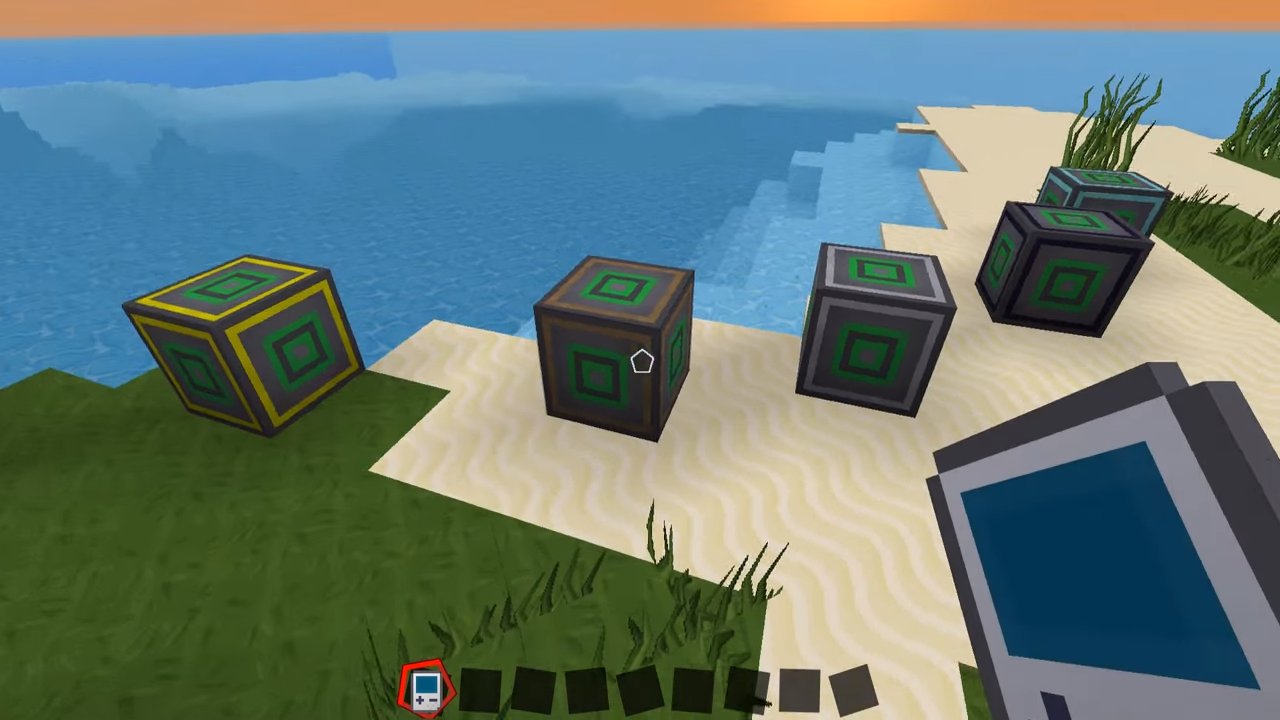

Quantum entanglement has been demonstrated experimentally with photons, electrons, and even small diamonds. However, all interpretations agree that entanglement produces correlation between the measurements, and that the mutual information between the entangled particles can be exploited, but that any transmission of information at faster-than-light speeds is impossible. Other interpretations which do not recognize wavefunction collapse dispute that there is any "effect" at all. Īccording to some interpretations of quantum mechanics, the effect of one measurement occurs instantly. However, so-called "loophole-free" Bell tests have since been performed where the locations were sufficiently separated that communications at the speed of light would have taken longer-in one case, 10,000 times longer-than the interval between the measurements. In earlier tests, it could not be ruled out that the result at one point could have been subtly transmitted to the remote point, affecting the outcome at the second location. Later, however, the counterintuitive predictions of quantum mechanics were verified in tests where polarization or spin of entangled particles were measured at separate locations, statistically violating Bell's inequality. Einstein and others considered such behavior impossible, as it violated the local realism view of causality (Einstein referring to it as "spooky action at a distance") and argued that the accepted formulation of quantum mechanics must therefore be incomplete. Such phenomena were the subject of a 1935 paper by Albert Einstein, Boris Podolsky, and Nathan Rosen, and several papers by Erwin Schrödinger shortly thereafter, describing what came to be known as the EPR paradox. With entangled particles, such measurements affect the entangled system as a whole. However, this behavior gives rise to seemingly paradoxical effects: any measurement of a particle's properties results in an apparent and irreversible wave function collapse of that particle and changes the original quantum state.

For example, if a pair of entangled particles is generated such that their total spin is known to be zero, and one particle is found to have clockwise spin on a first axis, then the spin of the other particle, measured on the same axis, is found to be anticlockwise. Measurements of physical properties such as position, momentum, spin, and polarization performed on entangled particles can, in some cases, be found to be perfectly correlated. The topic of quantum entanglement is at the heart of the disparity between classical and quantum physics: entanglement is a primary feature of quantum mechanics not present in classical mechanics. Therefore the maximum storage capacity possible is 150,000,000 RF for a Resonant Energy Cell with Holding IV.Quantum entanglement is the phenomenon that occurs when a group of particles are generated, interact, or share spatial proximity in a way such that the quantum state of each particle of the group cannot be described independently of the state of the others, including when the particles are separated by a large distance. Holding I increases the storage x1.5, Holding II x2, Holding III x2.5 and Holding IV x3. This amount can be increased further using the Holding enchantment, which increases the storage capacity multiplicatively. As it is upgraded it is able to hold more power and increase power transmission rate.
RF ENTANGLER NOT WORKING UPGRADE
It can be upgraded to higher tiers using Upgrade Kits. Finally, the configuration tab sets sides to receive (blue), emit (orange), or not interact (yellow).Ī Energy Cell is crafted at the lowest tier (Basic). The RF input and output rates can also be configured to alter the amount of RF transferred per tick. Redstone response changes the cell's behavior when emitting RF based on the presence of a redstone signal. The Energy Cells's GUI is able to configure redstone response, input and output rate, and face interaction. When the Energy Cell is placed all sides are set to input (blue) except the bottom which is set to output (orange).


 0 kommentar(er)
0 kommentar(er)
